Meteor Shower In May Promises Cosmic Light Show
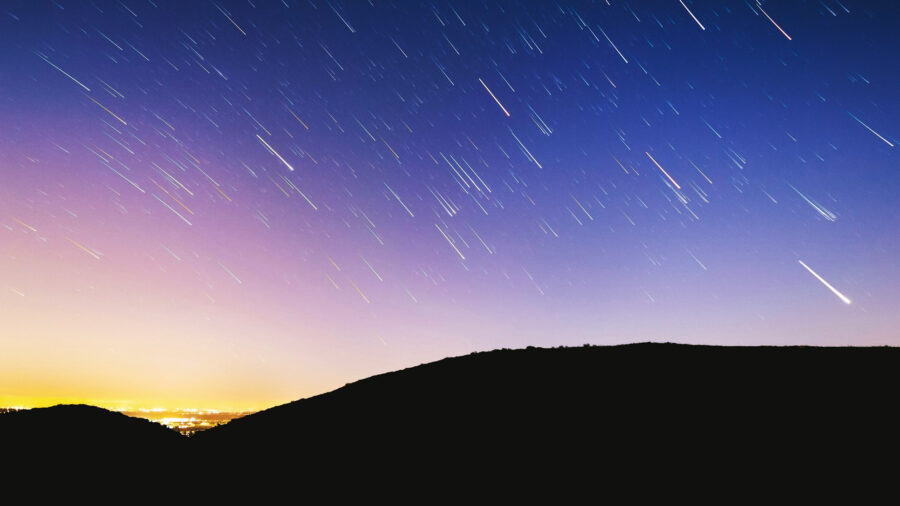
The skywatchers across the globe might be treated to a cosmic light show on the nights of May 5 and May 6 at the peak of the annual Eta Aquarids meteor shower. Luckily, this year’s peak coincides perfectly with a new moon, which creates ideal viewing conditions as darker skies will give plenty of visible meteors.
The Eta Aquarids Meteor Shower
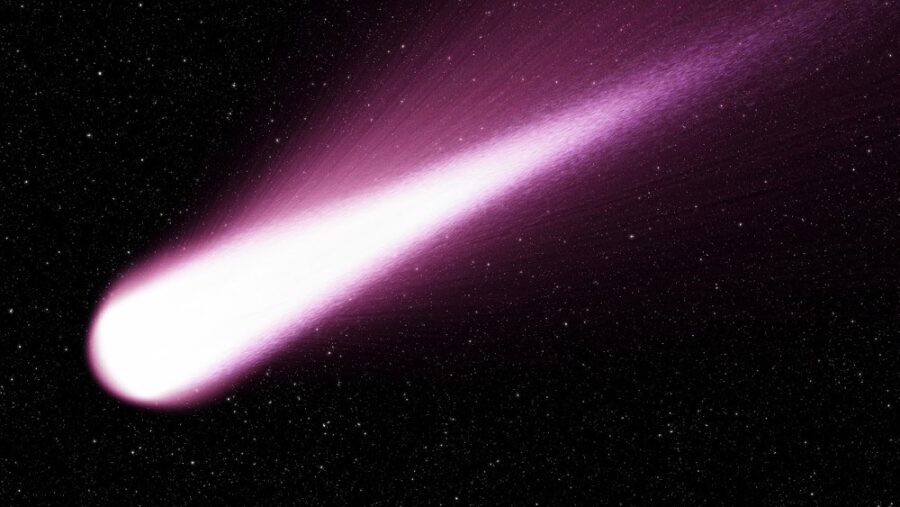
The Eta Aquarids is a meteor shower caused by Earth passing through a stream of dusty debris left behind by Halley’s Comet, one of the most famous celestial objects to visit our solar system if we don’t count Enterprise. As Earth orbits around the Sun on its one-year journey, its path occasionally intersects with this cosmic trail. Tiny celestial particles, from sand-size specks to pebbles, collide with Earth’s atmosphere at massive speeds. They burst into flames creating a dazzling display of what we like to call ‘shooting stars’, or a meteor shower, unlike life-threatening asteroids.
Halley’s Comet

Halley’s Comet is one of the most important discoveries in astronomy. Unlike most comets, which take millions or billions of years to complete a single orbit, Halley’s Comet returns to our solar system on a predictable 75-79-year cycle.
This was first recognized by Edmond Halley, a British mathematician and astronomer back in 1705, though it was first observed and recorded by astronomers in 240BC. Nevertheless, in recognition of the discovery, the comet was named after Halley. The last time Halley’s Comet was seen in the inner parts of the Solar System was in 1986, and the next time this large object of dust and ice will be seen to the naked eye is mid-2061.
Southern And Northern Hemisphere Viewers In For A Treat
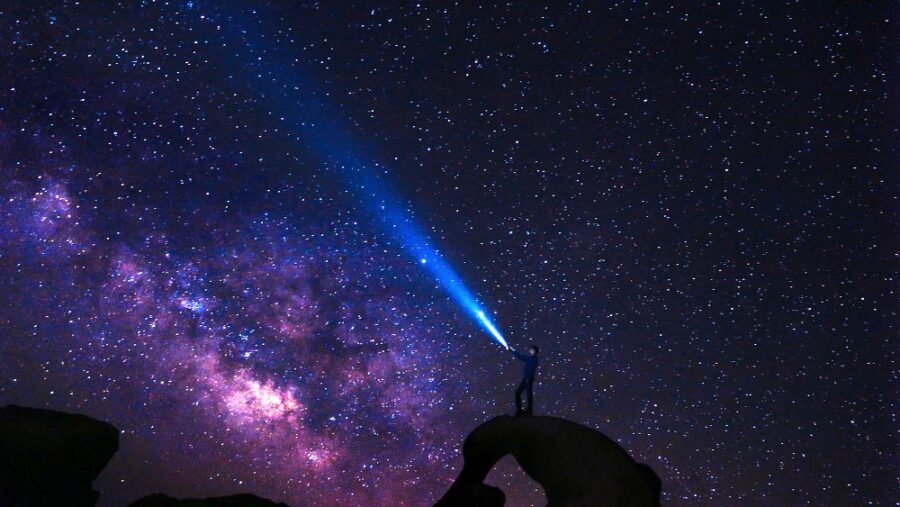
The Eta Aqurid meteor shower is named after the Aquarius constellation and is active from April 16 to May 27. While Aquarius serves as a reference point for skywatchers, it is not the actual source of meteors. These meteors can be seen across the entire night sky not just near Aquarius.
According to the American Meteor Society, the maximum rate of meteors is around 50 per hour, giving a proper cosmic light show to those who decide to spend peak nights outside. This meteor shower is particularly impressive in the Southern Hemisphere, though viewers in the Northern Hemisphere will be treated to 10 to 30 meteors per hour at its peak.
The Best Way To View The Meteor Shower
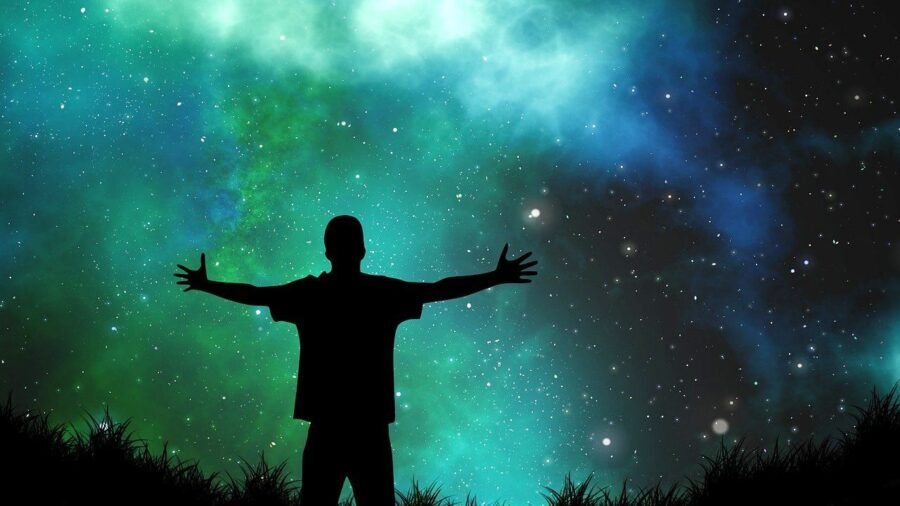
A piece of advice for those who want the best view of these shooting stars: darkness is your best friend. Escaping city lights and switching them for a remote campsite, an open field, or even a backyard if it is far enough from streetlights is the best thing to do. Light pollution is a meteor shower arch enemy and this one in May is not in any way different.
Stay Up Late For The Best Views
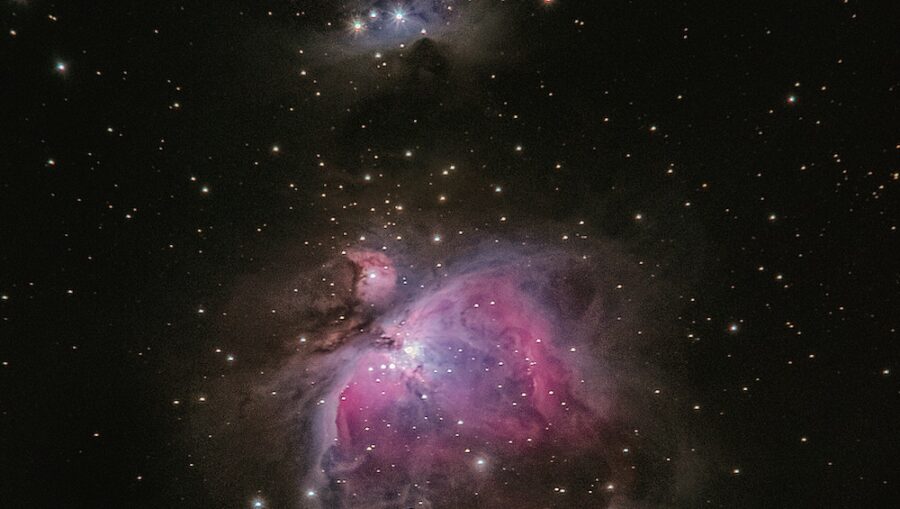
Furthermore, Bill Cooke, a NASA expert, has said that the best viewing window for the Eta Aquarids meteor shower is after midnight, precisely 2:00 AM local time and onwards. From that point forward, the meteor rates will continue to climb until dawn. It is best to aim for the pre-dawn hours to maximize your chances of witnessing this cosmic light show.












